The bond between humans and their pets is often characterized by emotional attachment and mutual affection. Dogs wag their tails excitedly when their owners return home, cats purr contentedly on laps, and even birds chirp happily at familiar faces. But what about reptiles, particularly snakes? As these fascinating creatures become increasingly popular as pets, many snake owners wonder if their scaly companions experience any emotional connection when they’re gone. Do pet snakes actually miss their owners when left alone, or is this merely a projection of human emotions onto animals with fundamentally different cognitive structures? This article explores the fascinating intersection of reptile cognition, behavior, and the human-snake relationship.
Understanding Snake Cognition

Snakes possess a brain structure fundamentally different from mammals, particularly in regions associated with emotional processing and social bonding. Their brains lack a neocortex, which in mammals plays a crucial role in higher cognitive functions, including emotional processing and attachment formation. Instead, snake brains are primarily structured around basic survival functions like hunting, eating, thermoregulation, and reproduction. Research in reptile neurology suggests that while snakes can demonstrate learning and memory, their cognitive abilities are primarily focused on survival rather than social relationships. This biological reality forms the foundation for understanding how snakes might perceive and respond to their human caretakers, setting appropriate expectations for the kind of relationship possible with these fascinating reptiles.
The Science of Snake Recognition
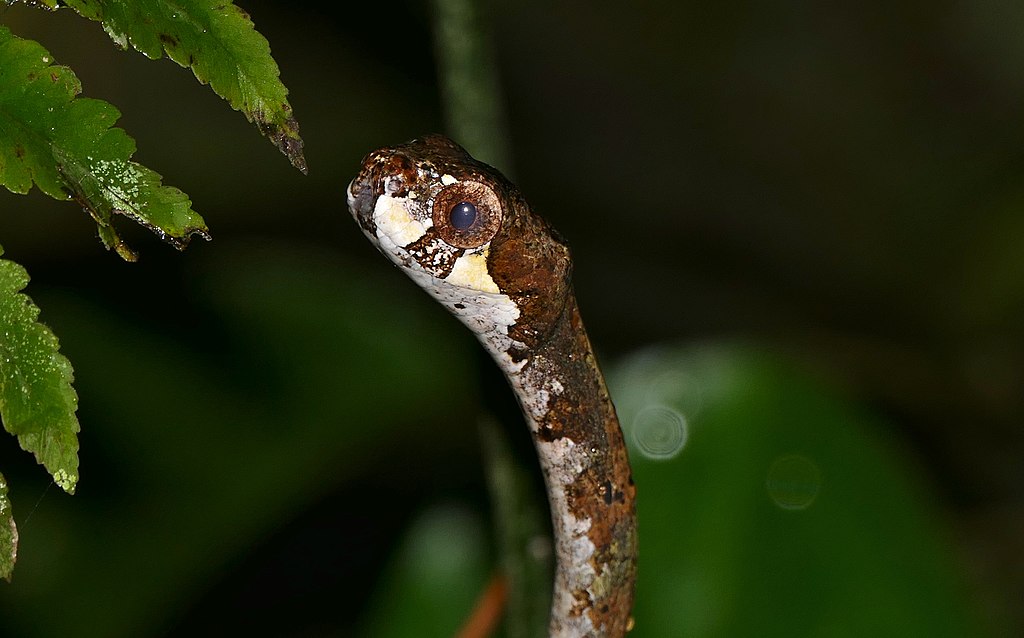
While snakes may not form emotional attachments like mammals, scientific evidence suggests they can recognize familiar individuals, including their owners. Studies have demonstrated that some snake species show measurably different responses to their regular handlers versus strangers. This recognition likely stems from a combination of sensory inputs—snakes have excellent olfactory systems and can detect chemical signatures unique to individuals. Some snake owners report that their pets appear calmer when handled by them compared to unfamiliar people, suggesting a level of recognition. However, recognition should not be confused with emotional attachment; a snake’s ability to distinguish its owner from strangers is more likely a survival-based learning mechanism rather than affection.
Interpreting “Familiarity” vs. “Missing”
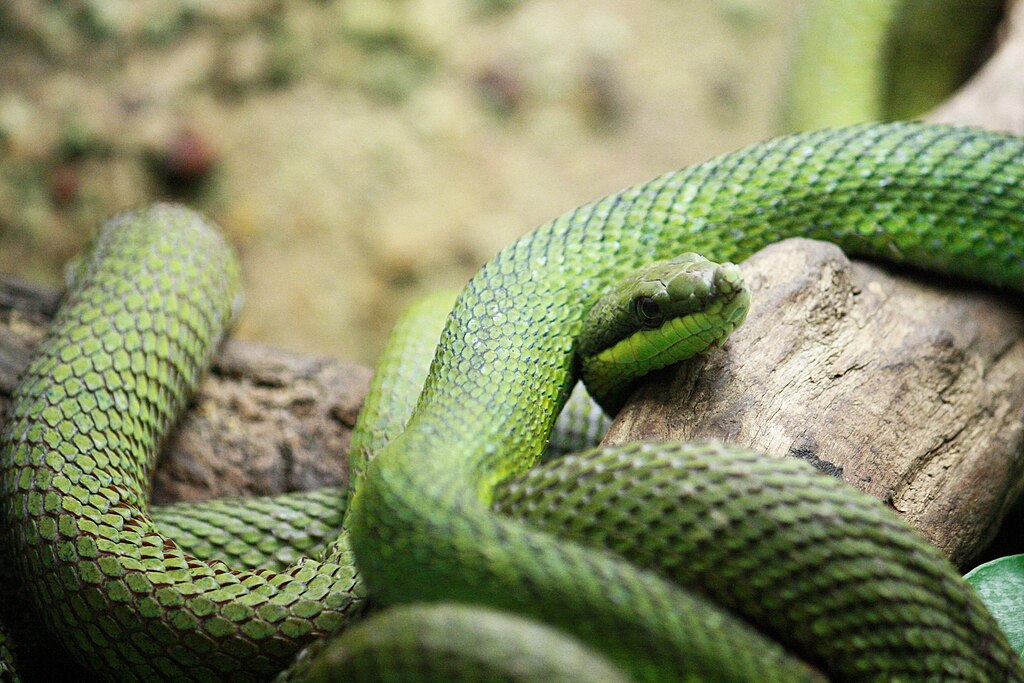
When discussing whether snakes miss their owners, it’s crucial to distinguish between recognizing familiarity and experiencing emotional longing. Snakes can certainly become accustomed to routine interactions with their caretakers and may display behaviors that appear more relaxed around familiar people. This habituation process means the snake has learned that a particular human doesn’t represent a threat, which can result in seemingly affectionate behaviors like calmly allowing handling or approaching the glass when an owner enters the room. However, herpetologists caution against interpreting these behaviors as emotional bonding or missing someone in their absence. Instead, these responses represent successful adaptation to captivity and learning which stimuli in their environment signal safety versus danger.
Stress Responses in Solitary Snakes

Snakes are naturally solitary creatures that don’t form social bonds in the wild, making them fundamentally different from pack or herd animals that experience stress when separated from their group. When a snake owner leaves, the reptile doesn’t experience separation anxiety or loneliness as these emotional states require social attachment systems not present in reptilian brains. What snake owners might interpret as signs of missing them—such as decreased activity or appetite—are more likely responses to environmental changes or other stressors unrelated to human absence. Reptile veterinarians emphasize that healthy snakes in appropriate enclosures with proper heat, humidity, and hide spots typically show no adverse effects from being left alone for reasonable periods. In fact, excessive handling can sometimes cause more stress to snakes than being left in their secure habitat undisturbed.
Snake Behavior Toward Owners

Some snake behaviors might appear to suggest attachment to owners, but these actions typically have alternative explanations grounded in reptile biology. When a snake approaches the glass as an owner enters the room, it’s likely responding to vibrations, visual stimuli, or associating the person with feeding rather than expressing joy at seeing them. Snakes that willingly climb onto their owners’ arms might be seeking warmth rather than affection, as mammals provide comfortable heat sources for these ectothermic animals. The relaxed demeanor many pet snakes display during handling often indicates they’ve learned the interaction doesn’t threaten their safety, not that they enjoy social bonding. Understanding these biological motivations helps snake owners appreciate their pets’ natural behaviors without misinterpreting them through a mammalian lens of emotional attachment.
The Role of Routine and Familiarity
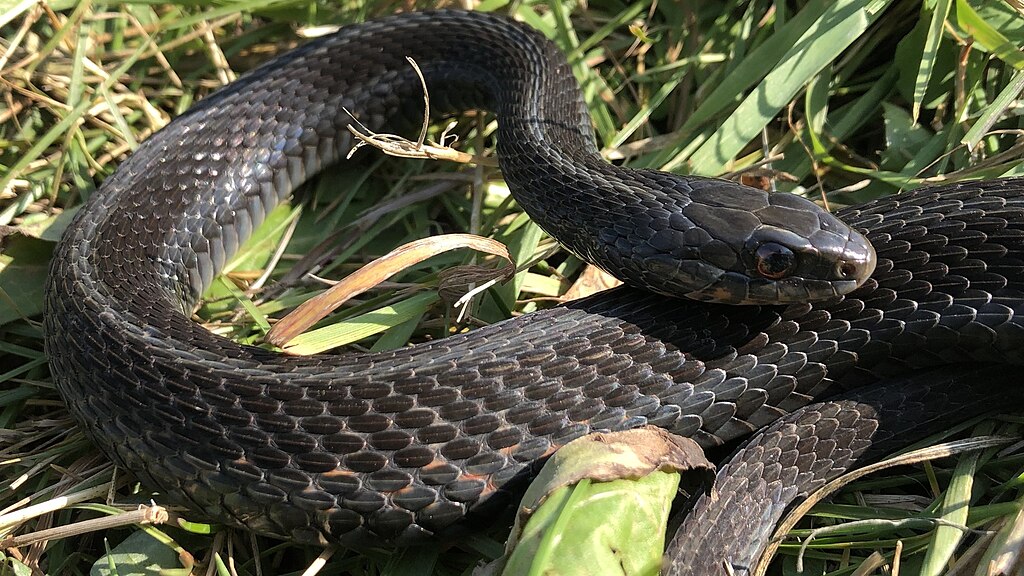
Snakes are creatures of habit that thrive on predictability in their environment. Regular feeding schedules, consistent handling sessions, and stable habitat conditions all contribute to a snake’s sense of security. When these routines are established, snakes may appear to “recognize” when it’s handling time or feeding day, sometimes becoming more active in anticipation. This behavior doesn’t indicate emotional attachment but rather demonstrates learning and adaptation to captive life. Snake owners who maintain consistent routines often report more “cooperative” pets, as the reptiles learn what to expect and when. Disruptions to these routines—whether through owner absence or environmental changes—can temporarily affect a snake’s behavior, not because it misses its owner, but because predictability contributes significantly to reptilian well-being.
Anthropomorphism and Pet Ownership
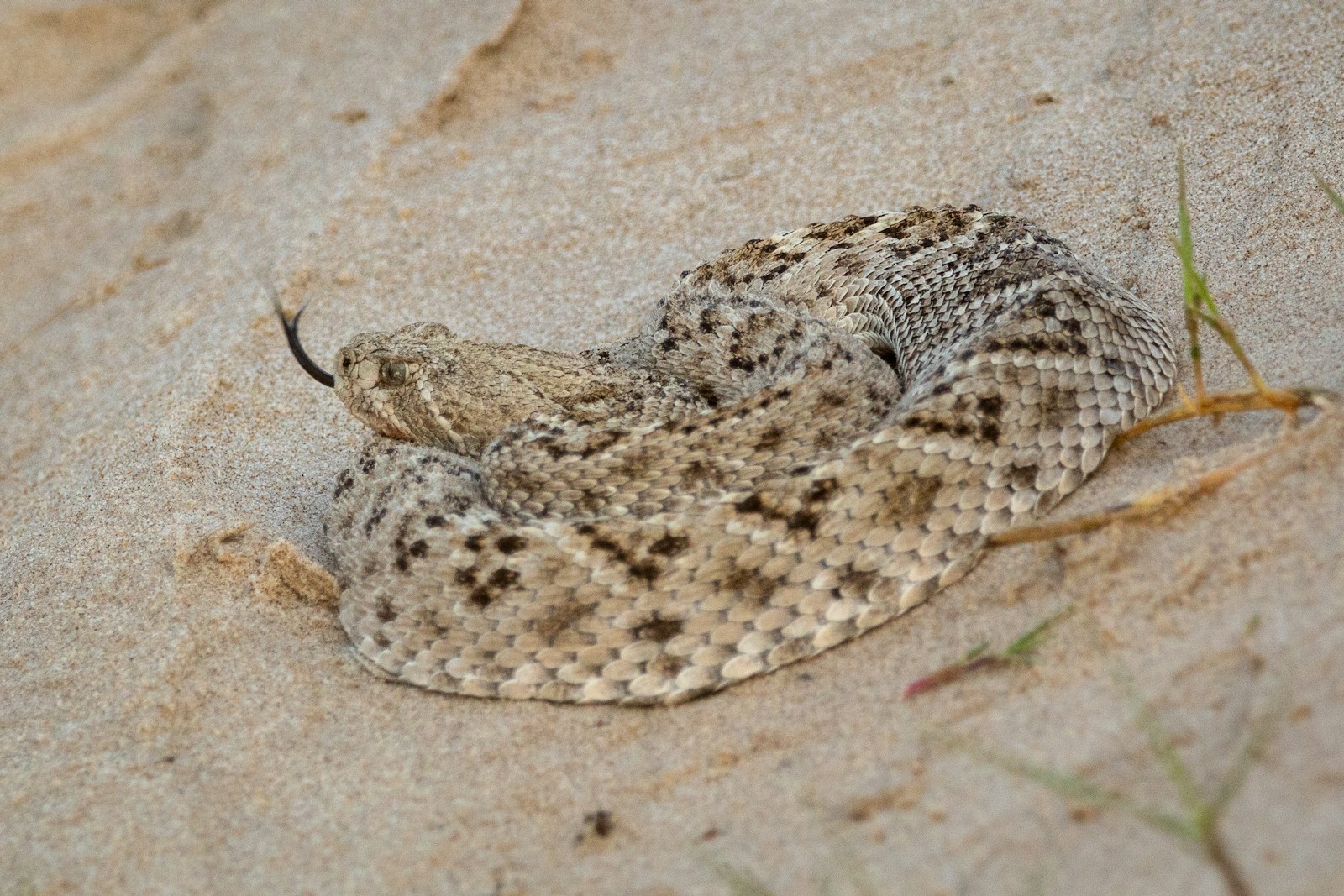
Anthropomorphism—attributing human characteristics to non-human animals—is a common tendency among pet owners that can lead to misunderstandings about snake behavior. When we project human emotions onto reptiles, we risk misinterpreting their needs and behaviors based on our expectations rather than their biological reality. Snake owners who believe their pets miss them may actually be experiencing their own attachment to the snake rather than observing genuine emotional responses from the reptile. This human tendency to anthropomorphize isn’t necessarily harmful if it leads to attentive care, but it can sometimes result in inappropriate handling practices or failure to address a snake’s actual biological needs. Herpetologists and reptile specialists generally advocate for an approach that respects snakes as fascinating creatures with their own unique biology rather than expecting them to function as scaly substitutes for more traditionally affectionate pets.
Comparing Snake Attachments to Other Pets

The contrast between snakes and traditionally kept pets like dogs and cats highlights fundamental differences in pet-owner relationships. Dogs have co-evolved with humans for thousands of years, developing neural pathways specifically responsive to human interaction, facial expressions, and emotional states. Mammals like cats and dogs produce oxytocin—often called the “bonding hormone”—during positive interactions with their owners, creating a biological foundation for emotional attachment. Snakes, however, lack this neurochemical bonding mechanism and haven’t evolved alongside humans in ways that would develop mutual recognition systems. This doesn’t make snakes “inferior” pets, but rather different companions that offer unique rewards. Many snake enthusiasts appreciate their pets precisely because the relationship isn’t based on emotional neediness but rather on respect for a fascinating predator that allows handling and interaction.
Long-Term Absence Effects

When snake owners must leave their pets for extended periods, such as vacations or business trips, the primary concerns should be practical rather than emotional. Unlike dogs that might develop separation anxiety, snakes don’t experience emotional distress from owner absence. Instead, the focus should be on maintaining appropriate environmental conditions and feeding schedules. Healthy adult snakes can generally go several weeks without eating if necessary, making them relatively low-maintenance during owner absences compared to mammals. The most important considerations include ensuring stable temperatures, proper humidity levels, secure enclosures, and arranging for someone to check on the snake periodically. Upon returning, owners might notice some initial wariness during handling if the snake hasn’t been regularly interacted with, but this represents a need to re-establish familiarity rather than an emotional response to having “missed” their owner.
Individual Variations Among Snakes

While generalizations about snake cognition are scientifically sound, experienced reptile keepers recognize that individual snakes can display markedly different behavioral patterns. Some snakes consistently appear more responsive to their regular handlers, while others show little distinction in their reactions to familiar versus unfamiliar people. Certain species, particularly some larger constrictors like boa constrictors and ball pythons, anecdotally demonstrate more apparent recognition of regular caretakers than more primitive species. These individual and species differences shouldn’t be interpreted as varying levels of emotional attachment but rather as differences in temperament, sensory capabilities, and learning tendencies. Some snakes may habituate more quickly to handling or show more curiosity about their surroundings, traits that might be misinterpreted as “affection” but actually represent different adaptive strategies and individual temperaments.
Creating Positive Associations
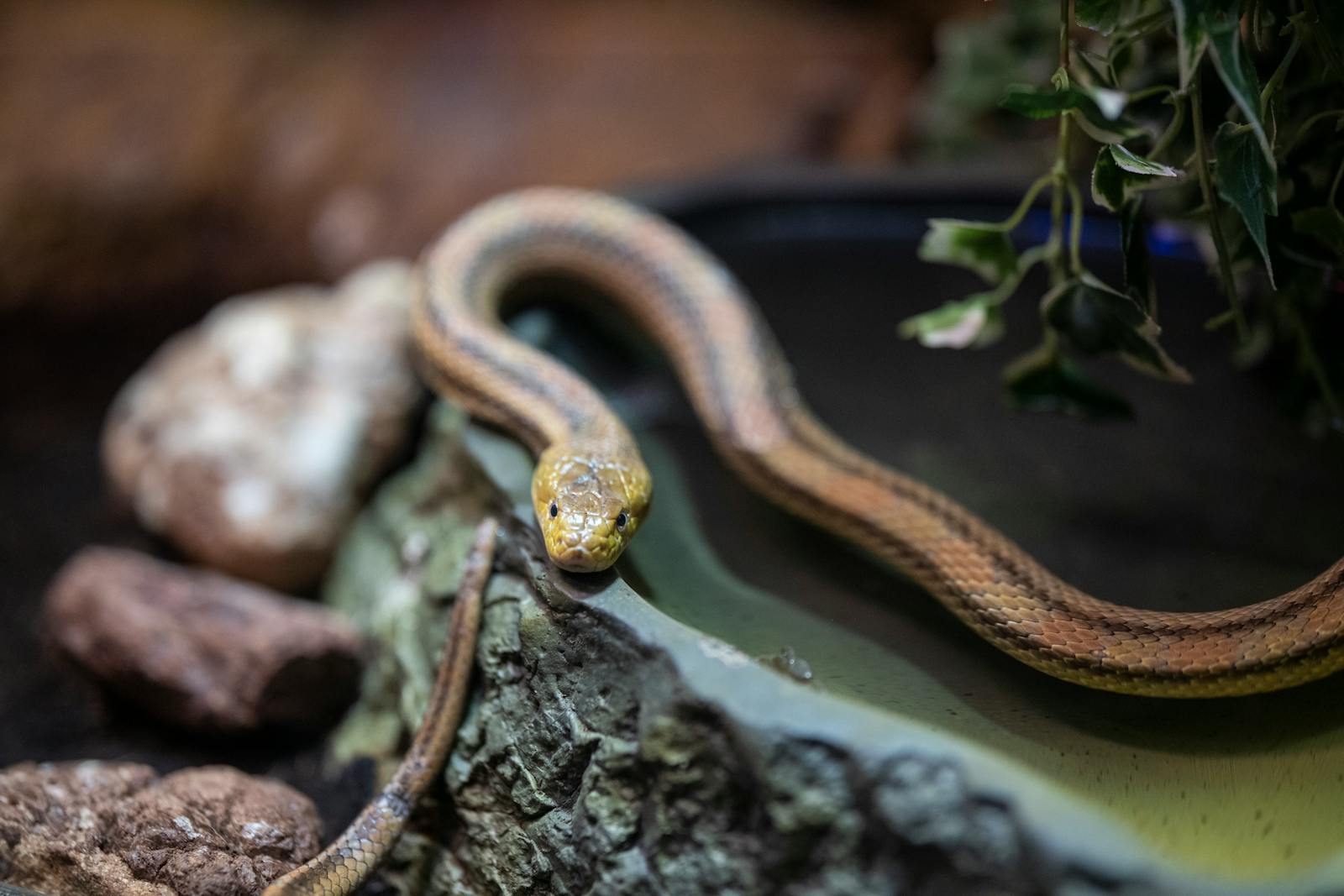
While snakes may not form emotional bonds, owners can cultivate positive associations that make interactions more successful and less stressful for both parties. Gentle, consistent handling techniques that respect the snake’s natural behavior patterns can create positive conditioning. Avoiding handling immediately after feeding, during shedding periods, or when the snake is displaying stress behaviors helps build these positive associations. Some owners find success with target training techniques, where snakes learn to associate certain objects or movements with positive outcomes like food or comfortable handling. These practices don’t create emotional attachment but do establish relationships based on predictability and security from the snake’s perspective. When these positive associations are established, snakes often display behaviors that might look like preference for their owners but actually represent learned responses to consistent, non-threatening interactions.
Enrichment Needs During Owner Absence
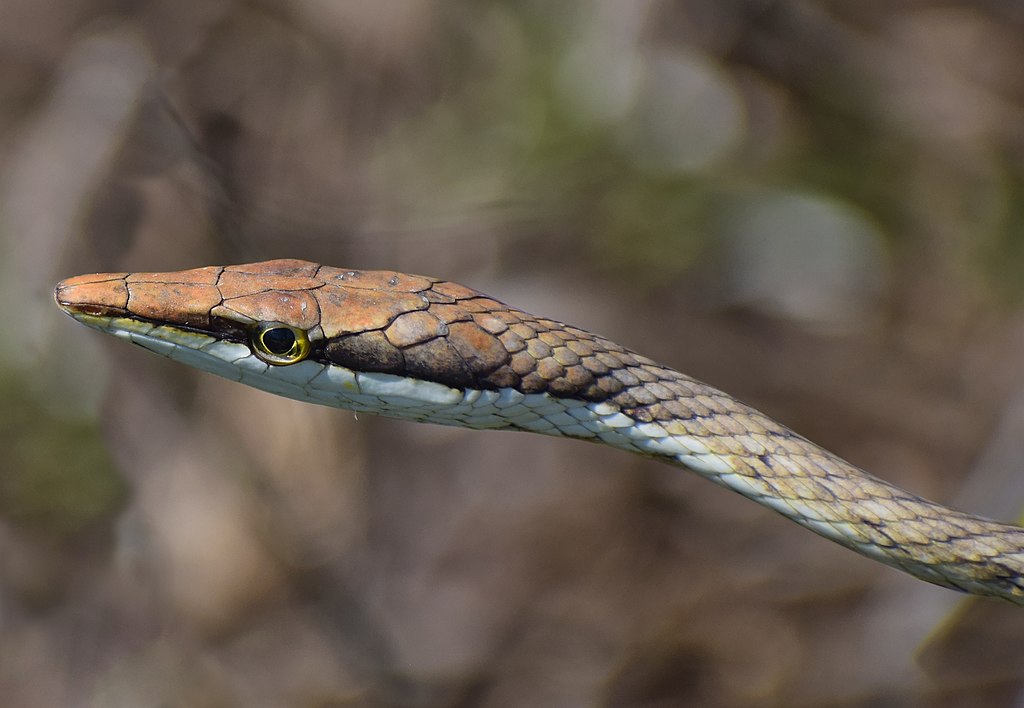
Unlike social animals that require companionship, snakes benefit more from appropriate environmental enrichment than from human interaction. When owners are away, ensuring the snake’s enclosure provides adequate mental stimulation becomes more important than worrying about whether the reptile misses human contact. Properly designed habitats with multiple hiding spots, climbing opportunities (for arboreal species), and varied terrain can keep snakes mentally engaged. Some owners periodically rearrange habitat features to provide novel stimulation, though changes should be minor to avoid causing stress. Temperature gradients that allow the snake to thermoregulate effectively are particularly important for maintaining normal behavior patterns. Rather than fretting about emotional needs during absence, conscientious snake owners focus on creating self-sufficient environments that satisfy their pet’s biological and behavioral requirements regardless of human presence or interaction.
Responsible Snake Ownership Perspectives
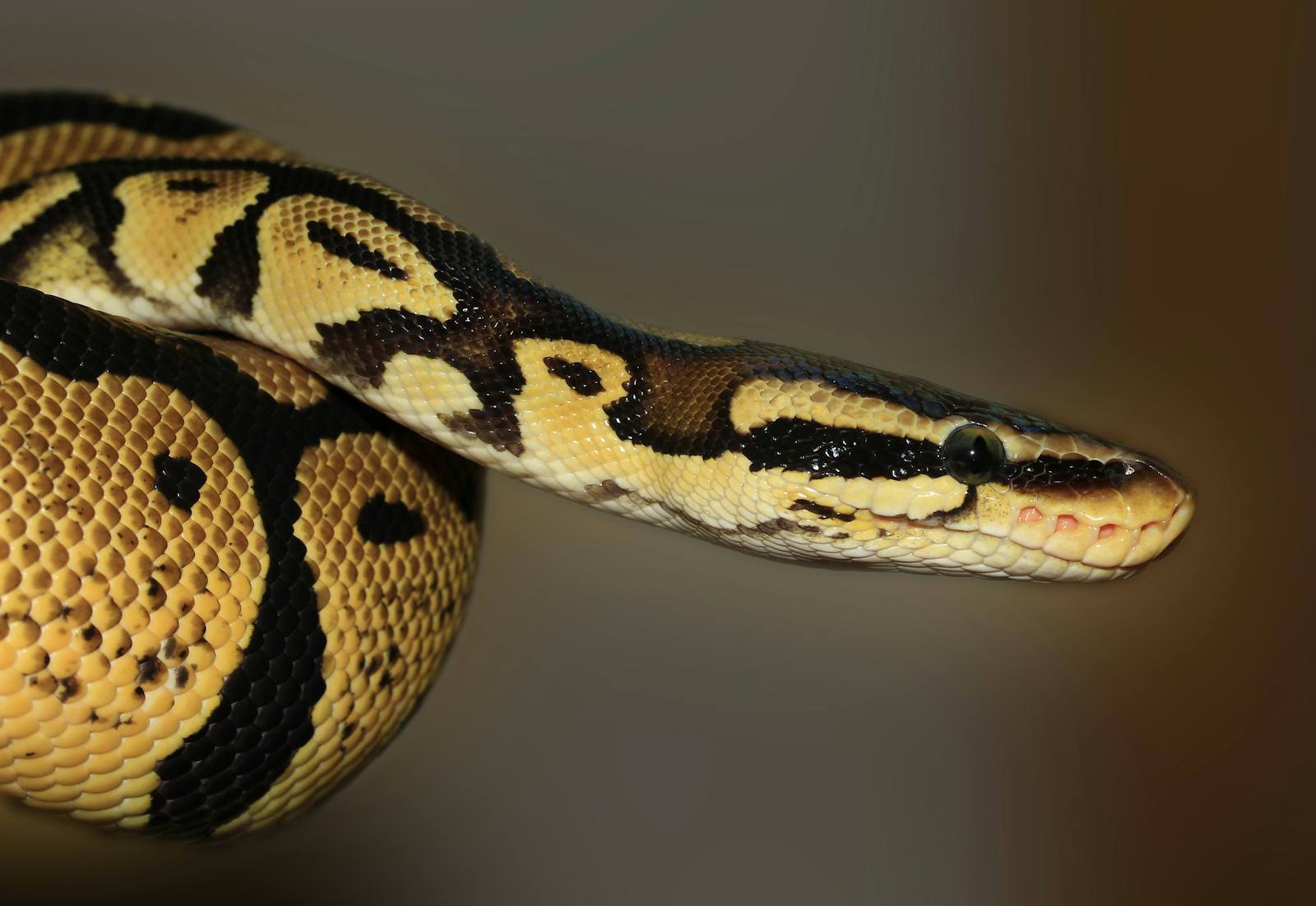
Understanding the true nature of the human-snake relationship forms the foundation of responsible reptile keeping. Acknowledging that snakes don’t form emotional attachments doesn’t diminish the rewarding aspects of keeping these fascinating creatures but rather allows owners to meet their needs appropriately. Responsible snake ownership involves appreciating these animals for what they are—remarkable evolutionary survivors with unique adaptations and behaviors—rather than expecting them to fulfill emotional needs for connection. Many long-term snake keepers report that accepting and respecting their pets’ reptilian nature actually deepens their appreciation for these animals. The satisfaction comes from successfully providing an environment where a wild predator can thrive in captivity, observing natural behaviors, and forming a relationship based on mutual tolerance rather than emotional dependency.
Conclusion: Appreciating Snakes on Their Own Terms

While pet snakes likely don’t miss their owners in any emotional sense when left alone, this shouldn’t diminish the unique and rewarding relationships possible between humans and these remarkable reptiles. The scientific evidence suggests that snakes can recognize familiar handlers and form associations based on routine and positive interactions, even if they don’t experience the emotional attachment characteristic of mammals. Perhaps the most responsible approach to snake ownership involves appreciating these animals on their own terms—as fascinating evolutionary marvels with unique biology and behavior patterns—rather than expecting them to fulfill the same emotional roles as more traditionally affectionate pets. By understanding snake cognition accurately, owners can develop realistic expectations and focus on meeting these animals’ actual needs for security, appropriate environment, and respectful handling. In this more scientifically grounded relationship, both snake and keeper can thrive, creating a mutually beneficial partnership based on understanding rather than anthropomorphism.





